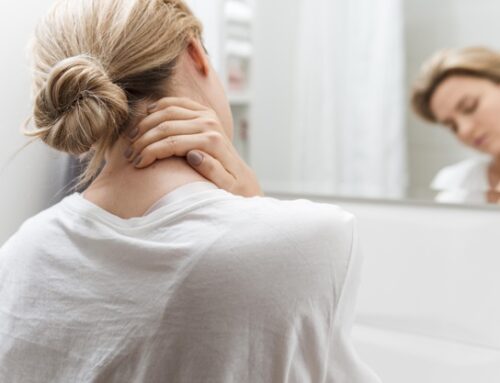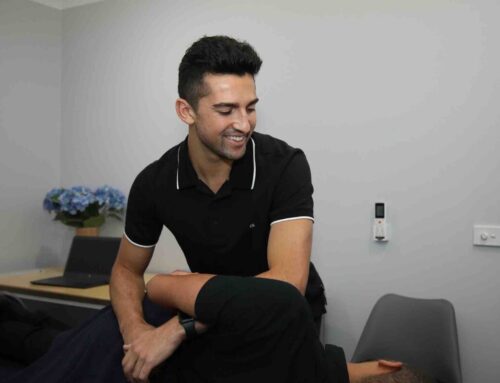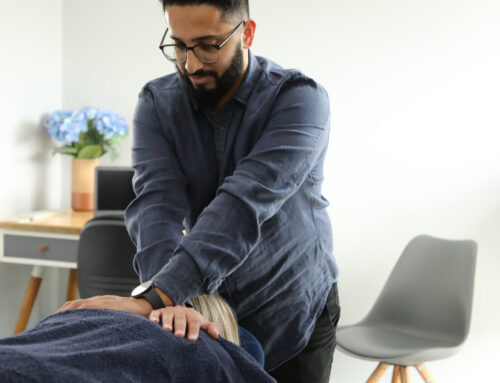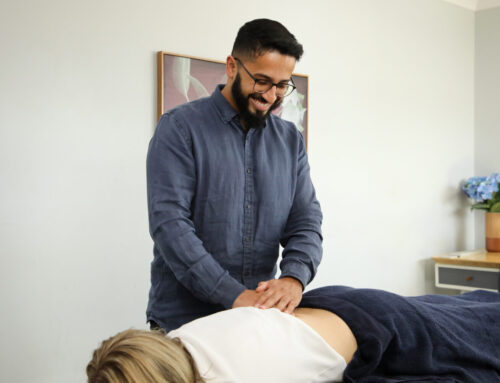Is hip pain slowing you down?
If you’re experiencing discomfort on the outer side of your hip, you might have GTPS.
 What is GTPS?
What is GTPS?
GTPS stands for greater trochanteric pain syndrome, however it can also be known as lateral hip pain or trochanteric bursitis. This discomfort stems from irritation to the tendons and bursa that surround the outside of the hip bone. When these structures get inflamed, they cause that nagging pain that can make daily activities feel like a challenge.
Causes
There are several causes that can contribute to hip discomfort or injury. A sudden increase in load on the hip, such as from an increase in activity levels, can strain the area. Additionally, standing or sitting in one position for extended periods or leading a sedentary lifestyle may also contribute to this type of hip issue. Loss of strength and mobility in the hip muscles can further exacerbate the problem, making the hip more vulnerable to injury. External factors, such as a fall or impact to the side of the hip, can also cause damage. Furthermore, secondary effects related to osteoarthritis of the hip and knee may lead to hip complications as well.
Common signs and symptoms
Common signs and symptoms of hip issues include pain on the side of the hip, thigh, and buttock area. Discomfort often worsens when lying on the affected side, and pain tends to intensify with activities such as walking, standing, or running. There may be tenderness when touching the outer hip, and difficulty sitting with crossed legs can also occur. Favoring the affected hip can lead to increased discomfort, and everyday activities like climbing stairs, lifting legs, or getting out of a car may become painful as well.
 How Can Osteopathy Help?
How Can Osteopathy Help?
The good news? With the right approach, you can manage and reduce the pain associated with GTPS. Here’s how your osteopath can help:
- Activity Modification: Your osteopath will identify which movements and activities are aggravating your symptoms and show you alternative ways to move, helping reduce stress on the hip.
- Gradual Exercise: Once the pain subsides, it’s crucial to rebuild strength and mobility in the hip. Your osteopath will guide you through exercises designed to gradually restore flexibility and movement.
- Osteopathy Treatment: Manual therapies, such as massage, stretching or re-strengthening programs, can help relieve tension, improve your range of motion, and speed up recovery, getting you back to doing what you love. At Pakenham Osteopathy, we also have high-powered LASER therapy and Radial Shockwave Therapy which are both very modern (and expensive!) machines that help to decrease pain and inflammation and encourage accelerated healing. Ask your Osteopathy if either of these would be right for you and your condition
Hip pain doesn’t have to be a constant companion. With professional guidance for one of our lovely Osteopaths and the right care, you can take charge of your recovery and start moving freely again! Thanks for reading. If you’d like to make an appointment with me, click here.
 What is GTPS?
What is GTPS?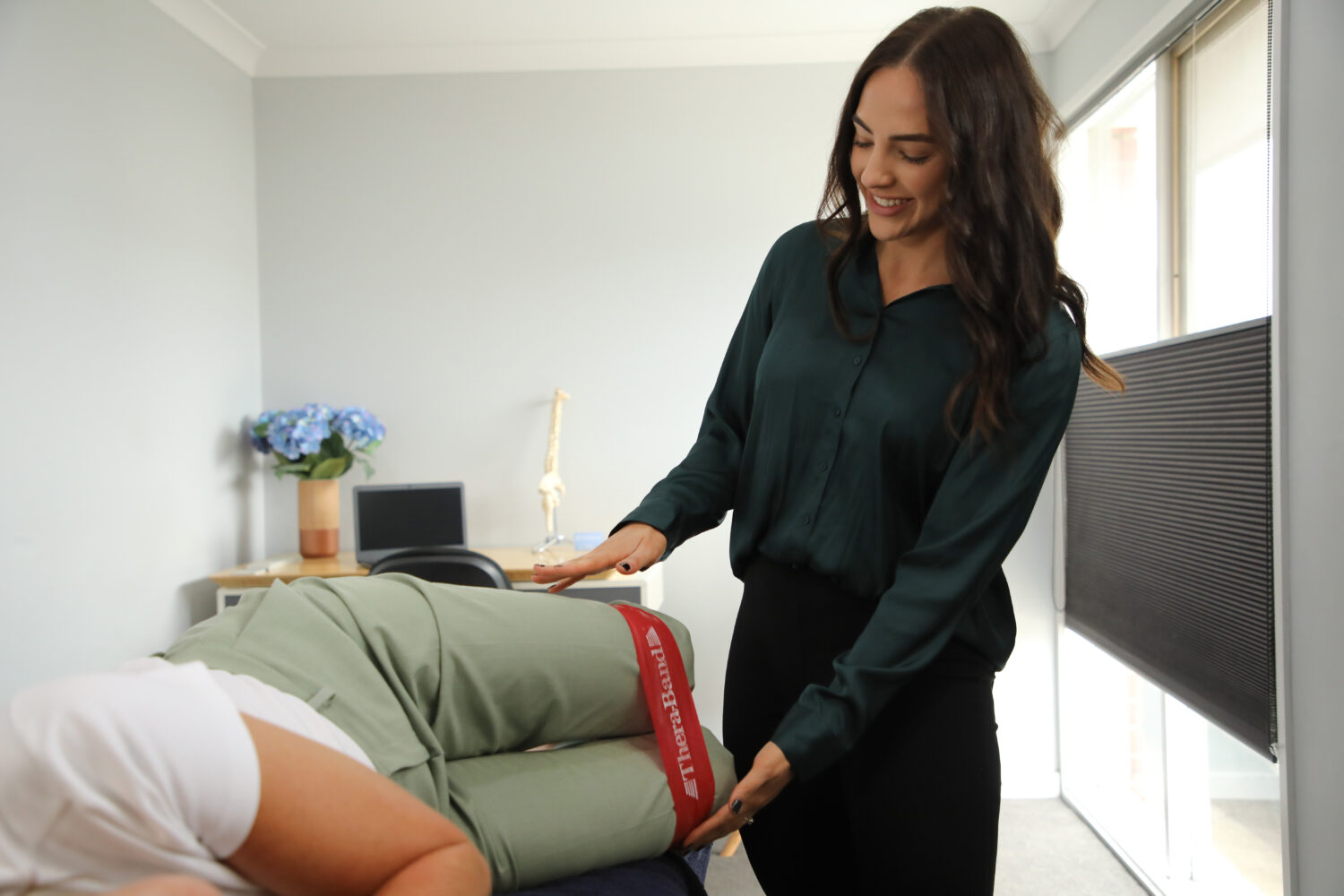 How Can Osteopathy Help?
How Can Osteopathy Help?